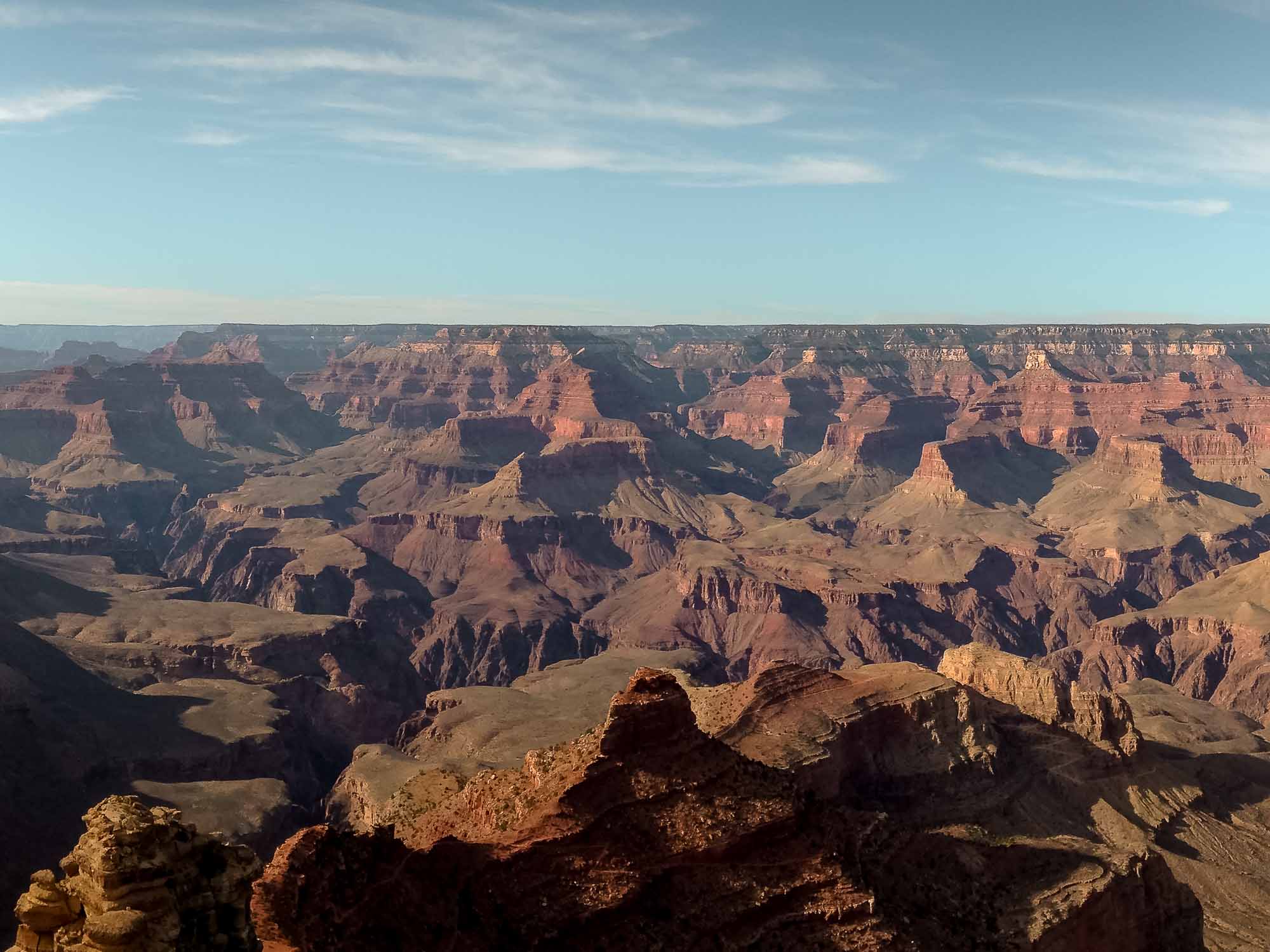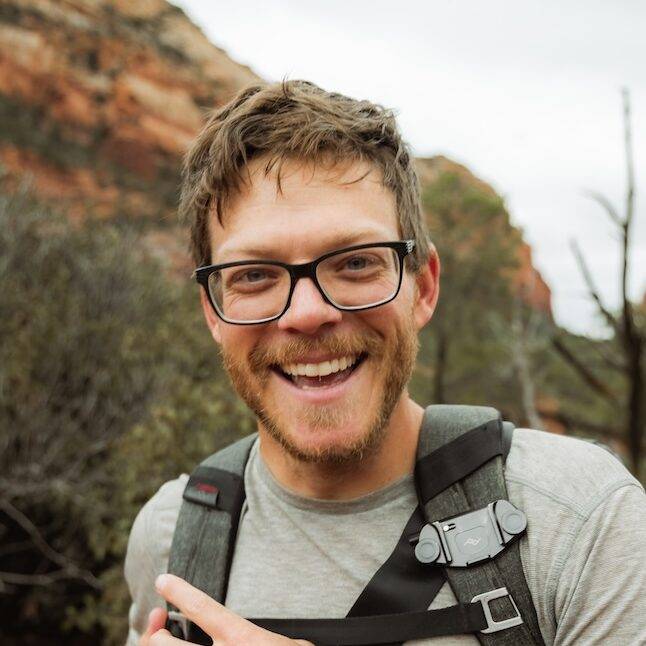ArboursAbroad contains affiliate links. As an Amazon Associate, we earn from qualifying purchases. If you purchase using one of the affiliated links, we may receive compensation at no extra cost to you. See our Disclosure Policy for more information.
Biking to Olympic Hot Springs is not for the faint at heart. Olympic Hot Springs are incredibly beautiful hot springs in Olympic National Park. These sulfuric hot springs don’t smell too terrible and shoot, they’re an adventure to get to.
Olympic Hot Springs Road has been completely washed out in two locations, making what used to be a 2.5 mile hike to the hot springs, now an overnight 11+ mile trek/ride one way. And to be clear, that’s a completely uphill 11+ mile ride/trek. Completely Uphill.
When researching Olympic Hot Springs, we quickly learned there wasn’t much information on the route to the hot springs, or the hot springs themselves, specifically for biking to the hot springs. Sure, there was some information on different trail apps for hiking to the springs, but riding, that’s a different story.

We knew we weren’t up for an overnight hike, as we don’t carry that gear with us currently, but riding was a potential… one that we were going back and forth on, knowing it could potentially be a total scrap.
However, we hung around the area for a bit, visiting Madison Falls and questioning people coming back from the trails about the trail conditions and any tips they had for biking it.

Top 3 Tips For Biking to Olympic Hot Springs
- Do not take the “Bypass Trail”. Take the route that’s closest to the river’s edge. This will save you 200 feet of straight up and straight back down elevation.
- It’s an adventure. Just be ready for an adventure
- It’s straight uphill. The entire way. But worth it.
Okay, we were going for it. We saw a kid go up and come back down, fully weighted down with overnight gear, and he had a great time. If he could do it packing overnight gear on his bike, we certainly could do it packing just for a day.
After three days in the area, waiting for it to be a weekday instead of going when loads of tours were heading up with bikes, we hit the trail.. at high noon!
{Traveler’s Tip.. If possible, avoid this trail on the weekend. There were so many more people both backpacking the trail and going up for a ride on the weekend than during the week.}

Passing The Bypass Trail
The bypass trail is a trail designed to bypass the washed-out road. Remember, this “trail” is really just a paved road that’s not in use anymore due to two bridges being washed out by the Elwha river flooding. The bypass trail is really the only part of the ride that’s an actual trail through the forest. (Until you get to the very end).
Riding up the road, there’s a big sign directing hikers and bikers toward the bypass trail. In fact, it’s even spray-painted on the ground. However, go right past those signs and right up to the end of the road. It’s super cool to see where the road has just disappeared anyways!

Looking at the river, to the left of the road, there’s a tiny path, that’s not marked. This is the way to skip the bypass trail and continue just along the river. Do so with caution and at your own risk. This is not a maintained trail, and the river’s edge is just waiting for you to fall in!
We pushed our bikes through this area as the trail was pretty rough and the drop into the river wasn’t something we wanted to experience!
The Second Bypass Trail Fork
To be completely honest, the second passing of the bypass trail was the hardest, and we really don’t know if it’s necessary or not. It’s not as clear of a path as the first passing, and there’s a sign here that says do not use this trail due to the ground washing out into the river.
We went for it anyways.
This part was more legitimately carrying our bikes up and over trees, and feeling super sketchy going right along the river’s edge. And while we’re not 100% sure this extra part is where you skip the bypass trail, we’re pretty confident it is.
Two different people had told us to skip the bypass trail and go on a trail that you may get a little wet on. In the first portion of the trail, there was no water crossing or getting muddy. But this portion there was. So we just kinda continued on and went for it. We didn’t get soaked by any means, but there were some muddy spots that you could get your feet a bit wet in.
Anyways, this part of the trail was maybe five minutes of carrying the bikes up and over trees and tiptoeing around the mud. And it connected us right back to the trail leading to the road. Did it cut off the 200 feet of extra elevation? Yes, there was very minimal if any at all.. Was it worth it? In our opinion, yes. But to each their own.

Do so with extreme caution, and be sure you can carry your bike, as you will certainly have to on this portion of the trail.
Oh, I almost forgot.. right at the beginning of this second cut-off portion, directly after the sign that says “don’t go this way as the trail is washed out”, as the trail goes right to the water — there’s a huge wasp nest! Try not to bump the tree on the right coming down, as you definitely do NOT want to disturb the bees!
And again, we can’t emphasize it enough.. do this part very carefully. Keep your bike on the river side of the trail, so it doesn’t hit something and buck you into the river. And be sure to walk your bike with your hands ready to brake, as some parts are steep!
Initial Thoughts On The Trail
Getting on the trail, we could tell there was a slight incline, but didn’t really think much of it. It was nothing truly noticeable at the beginning. After passing the bypass trail area, we were pumped to complete that section, knowing the rest of the trail should be just riding.
After getting two miles in, and it still just being a slight incline, we thought, if this was the extent of the uphill, this is no problem.
Little did we know, that was not the extent of the uphill. It was soon going to get steep and be unrelenting in the climb!
Passing by the deserted Elwha Ranger’s Station, the incline started to increase. Once we hit 2.5 miles in at Altair Picnic Site, it increased some more. And we soon got out butts kicked with the climb that followed. No more joy riding, it’s time for low gears and a slow and steady climb.
Glines Canyon Spillway Overlook is at 3.7 miles in, and is a great place to catch your breath before hitting what is literally hell on earth. Trust us here, take in the views the overlook offers, maybe get some energy in your body, and prepare yourself for some unrelenting and brutal climbing.

The Climb After Glines Canyon | 3.7 Miles In
Hitting Glines Canyon is the last resting spot for your legs. The climb from here on out is steep and never-ending. When people say it’s uphill the entire way, they really mean it. And while we didn’t think it could be that bad, shoot it was brutal from this point on.
The nice thing about getting to this section of the trail is the way the road changes. It’s definitely still a paved road, but it feels like you’re more immersed in nature, as the road skinnies up, and begins to have trees fallen across it, and a defined track from others riding and walking along.

Push through the climb. Take breaks as you need them. There is nothing pretty about this part of the ride. I mean, mentally at least. The forest around is pretty, but if you’re anything like me… just a couple miles past Glines Canyon Spillway Overlook, a few choice words start popping out, and you begin to wonder if it’s really worth it.
It is! It really is!! Keep going.. push through! Remember that every petal uphill is adding to a freaking epic downhill ride.


A Small Downhill + The Official Olympic Hot Spring Trailhead
Just when you’re ready to throw in the towel, at around 7 miles in, a nice downhill will give you that extra burst of energy you need at just the right point. It’s a short downhill, but it’s just what you’ll need to make it through the rest of the ride.
Right after 8 miles into the ride, you’ll hit the official Olympic Hot Springs Trailhead. There are signs on the boards that say no bikes, pets, and all that other good stuff. But we felt like those could be ignored, as the trail is really out of commission now for most people to access.
With little to no traffic, we think it’s okay to bring your horse or ride your bike through the official trail portion of the Olympic Hot Springs trek.
And shoot, this portion of the ride is fun. It’s a slight incline, with a couple of creek crossing that you may have to walk your bike around / through, but totally worth riding the bike the last 2.6 miles to the hot springs.

Riding The Official Olympic Hot Spring Trail
Reaching the trailhead, you now have 2.6 miles of riding left. Technically, as we said above, there are signs that say no bikes on the trail. But I don’t think those are up-to-date with the trail now only being reachable by bike, foot, or horseback.
There are a handful of downed trees on the trail, some of which you can ride under, others you can bunnyhop over, and yet others you’ll have to lift your bike around. And a few of the creek bed crossing, we had to push our bikes around too.

There are some bumps along the trail that you can just glide right on over, which I think are in place so heavy rain doesn’t wash out the trail.. but for the most part, the trail is great!
Just over two miles into this trail, you’ll meet an area where you’ll want to definitely walk your bike in and out of the cut into the canyon. Experienced riders can totally ride this part fine. But inexperienced will want to push their bikes. Be sure to stay on the high side of the trail, allowing your bike to fall down the canyon without you if things get rocky!
Once you get out of that little canyon crossing, you’ll be able to jump back on your bike for a bit before needing to walk it again due to downed trees all over the last part of the trail.

Soon you’ll be crossing over a bridge (totally sketchy to ride on if you look down), but “safe” with railings on both sides, and then you’ll see the first of many hot springs!

Soaking In The Olympic Hot Springs
Now’s the fun part, 11.1 miles in! We left our bikes at the first hot spring and walk all around to about seven different hot springs. Not all of which you can actually get in. We didn’t lock up our bikes, and even left our phones and everything right at the first hot spring, and didn’t run into anyone trying to steal anything.
We suggest bringing even just a cheap lock just for peace of mind though.. as it would suck to soak and come back to your bike gone!
Anyways, enjoy the hot springs (more on them below), before you fly down the mountain in a quarter of the time it took you to climb up!!


The Downhill Ride from Olympic Hot Springs
Oh my gosh.. this part is so freeing. It brings the biggest smile to my face just thinking about the experience! It took us 4.5 hours to get up to the hot springs, and 1 hour 10 minutes to get down the mountain!!
Keep in mind, there are slick parts of the road, where the pine needles can wash out below you, and then there are the sections of random gravel a total wreck hazard. Go down at a comfortable pace for you, and enjoy the feeling of flying as you decline down the massive mountain!
Be sure to not ride your brakes all the way down! You’ll definitely need to use them, as you can easily get up to 40+ miles per hour, but instead of riding them the entire way down, tap them here and there. It will save your brakes.. and make for a super fun ride!

A Quick Guide to Olympic Hot Springs
First Things First | There Are Multiple Hot Springs
It’s easy to dump your bike and gear and jump into the very first hot spring you see. Shoot, that’s what we did and it felt amazing. This hot spring is by far the hottest of them all, coming in at over 104 degrees Fahrenheit. It’s hot, hot.. but is also amazing after the trek to get to them.
There’s enough room in this hot spring for multiple groups of people, and the best part about this one is the easy river access to jump in when you get too hot.
But, don’t spend all your time here.. there are still more hot springs to explore!

Hot Springs To The Right
We found most hot springs to the right of the trail, aside from the first one and the last, were not as enjoyable as the one to the left. They are super pretty, but the colors, while beautiful, make me question if it’s a good idea to soak in them or not! A couple of them we got in and felt fine, but others you just want to look at and pass on by.
An easy way to tell if there’s a hot spring or not is by paying attention to the trail. If the ground is muddy, and discolored, follow the water up the hill to where the source is. There are about five built-up hot springs to try out!

Hot Spring to the Left
While there may be more than one hot spring to the left of the trail, we only found one. With that said, we also ran out of time to explore since the sun was literally setting. The hot spring to the left was great. It wasn’t as hot as the first hot spring, and not as perfect as the last one on the trail, but it was great!
The view and the rushing river below were perfect. It’s the most open as far as a view goes, and one of the more private ones to soak in!

The Final Hot Spring | At Least That We Found
After you pass probably six different hot springs, there’s a final one that’s just amazing and is the best of all the Olympic Hot Spring pools in our opinion.
It’s super secluded, and the temperature is just right. You’ll literally feel like you’re in another world as you soak in this hot spring.
To access the final hot spring, you have to walk about a quarter mile from the first hot spring, and up a pretty steep hill. You’ll find yourself shimming under a massive fallen tree, and then pop up at what heaven must be like. A dreamy hot spring tucked high away with the most beautiful surroundings!
Enjoy this hot spring, but be respectful of other people wanting to enjoy it too. It’s definitely smaller than others in the area, and while a handful of people can fit, it’s better enjoyed alone!

What To Pack For Olympic Hot Springs
Backpacking Gear | find our complete backpacking list here
If you plan on staying overnight near the hot springs, check out our guide to must-have backpacking gear. You’ll want to add to that list a bear-proof canister along with a wilderness permit you can pick up at Storm King Ranger Station. Read more about renting bear canisters and backing in Olympic National Park here.
Change of Shoes | these would be great
Jay wore waterproof trail shoes to ride in, which then turned out to be great for walking to and from the different hot springs as well. I however did not have waterproof shoes, so I had to walk barefoot, and it was not nice!
We’d recommend bringing along something like crocs or flip-flops to slide in and out of easily as you explore the different hot springs!
Bike Lights | check out these rechargeable high-lumen lights
If you’re riding to the hot springs, be sure to pack a super powerful bike light. It gets really dark in the forest really quickly, and with the speed you’ll be heading downhill at, you’ll want to illuminate far in front of you as well as close to you!
We’d also recommend a headlamp for the area where you have to walk your bike. You’ll want your bike light lighting up in front of you, while a headlamp can light up right at your feet!
Quick Drying Towel | check current prices here
Lightweight and compact, these towels are perfect to bring with you on really any water adventure! We like that they don’t take up much space and can be used over and over again before smelling bad!
Extra Water or Filter | this one is great for backpacking
We brought two bike water bottles and a Camelbak and wished we had more water. That was split between two people though. The ride up is hard and you’ll be thirsty. And then soaking in the hot springs will dehydrate you, so you’ll need to drink lots of water to not feel sick!!
Snacks!!! | your favorites and then some
Seriously, do not do a 20+ mile ride or hike without food. And I’d even add without more food than you think you need! Do not go underprepared! It’s a tough one!

More On Olympic National Park
Sol Duc Falls + The Fern Canyon
Free Camping Around Olympic National Park

Getting To The Olympic Peninsula
The Olympic Peninsula is where Olympic National Park is. It can be a bit awkward to get to, especially since the national park has no roads actually through it. You’ll basically be taking a road trip on US Highway 101 in Washington to explore Olympic National Park.
You’ll want to fly into Seattle or Portland (Seattle is closer distance-wise, but awkward with ferries), and then rent a car to drive around the Peninsula.
If you’re taking ferries, be sure to book them in advance, so you don’t have to wait in standby for sometimes multiple ferry crossings as we did. Keep in mind, opting out of ferries means taking toll roads out of Seattle to Olympic National Park!
To avoid all this, you can simply fly into Portland, head to Aberdeen, Washington, and then continue up the loop of Olympic National Park.
Search Car Rentals at momondo.com and Save Up to 35%
Search Flights at momondo.com and Save Up to 35%
Save + Share This Post Here
If this post was helpful to you, we’d love for you to share it!! Not up for sharing? Drop a comment below and let us know how your trip to the Olympic Hot Springs was or tag us in your photos, @ArboursAbroad. Want to support us in a different way, check out this page here!











